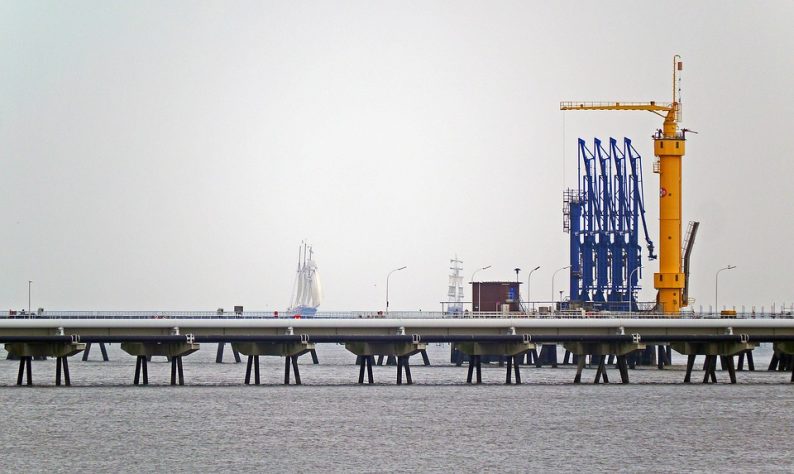Traders on the storm, traders on the storm. They seemed to be forborne. The money that was thrown, like a dog without a bone. Oil took out on loan. Traders on the storm.
After yesterday’s oil market action, it was clear that the last of the Tropical Storm Gordon speculative buyers finally got washed out of their long positions. As happens so often with oil storm markets, they buy up the rumor and run the market too high and too fast only to have to cover those longs when they find out that the damage was not as bad as they feared. Many traders of the storm were holding out hope that yesterday’s Energy Information Administration (EIA) supply report would bail them out, and when it failed to be wildly bullish they had to run for the exits. Make no mistake about it, yesterday’s EIA report was not that bearish and the extended run on the downside made it clear that the traders on the storm were capitulating out of the market. In fact, one might argue that some parts of the EIA report were rather bullish.

The headline Crude number, for example, showed a much larger than expected draw of 4.3 million barrels out of storage. While we did see a 549,000-barrel increase in Cushing Oklahoma, that increase was smaller than private forecasters reported. That really did not justify a $1.50 drop in the prices of oil.
Some said the larger than expected increase in product supply was the reason. The EIA reported that gasoline inventories increased by 1.8 million barrels last week and are about 7% above the five- year average for this time of year. Yet, if you look at gasoline demand it is just a little bit off last week’s all-time high. Distillate fuel inventories increased by 3.1 million barrels but are about 6% below the five-year average for this time of year.
Besides, if you look at refinery runs it’s bullish and amazing. The EIA reported that U.S. crude oil refinery inputs averaged a whopping 17.6 million barrels per day during the week, which was 81,000 barrels per day more than the previous week’s average and a record for this time of year. Refineries operated at an astounding 96.6% of their operable capacity last week. Refiners are trying to build product ahead of maintenance to keep up with explosive demand.









Leave A Comment